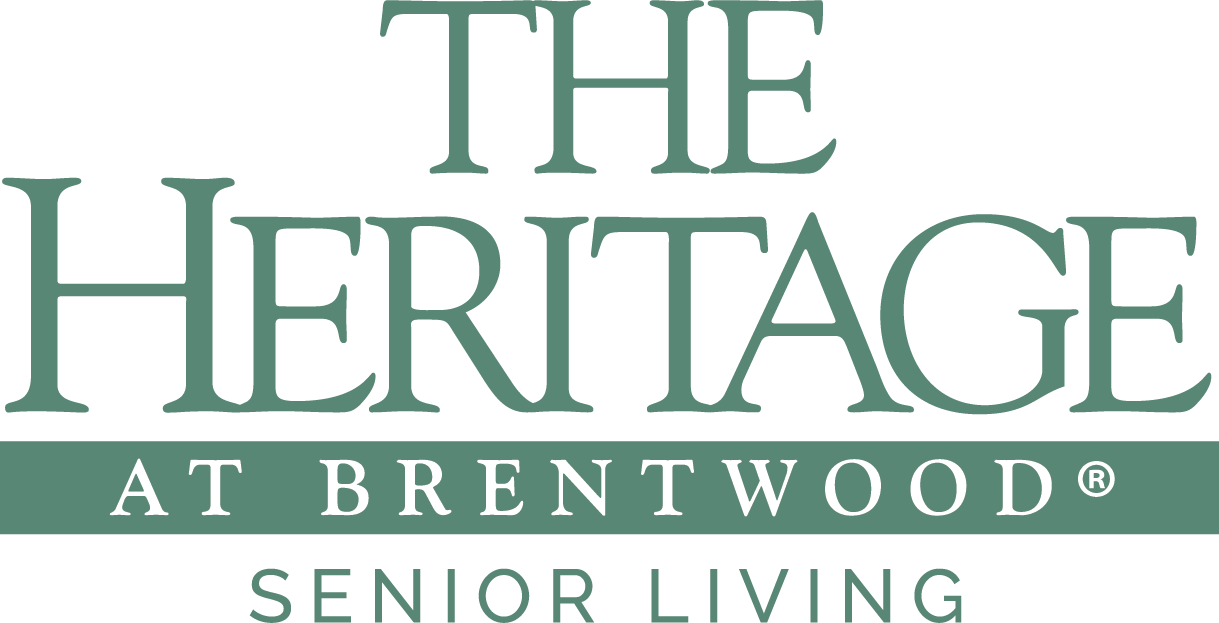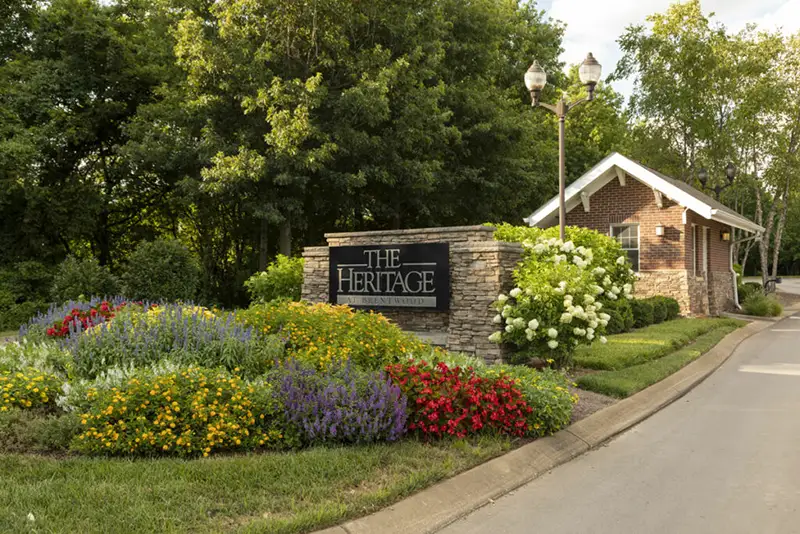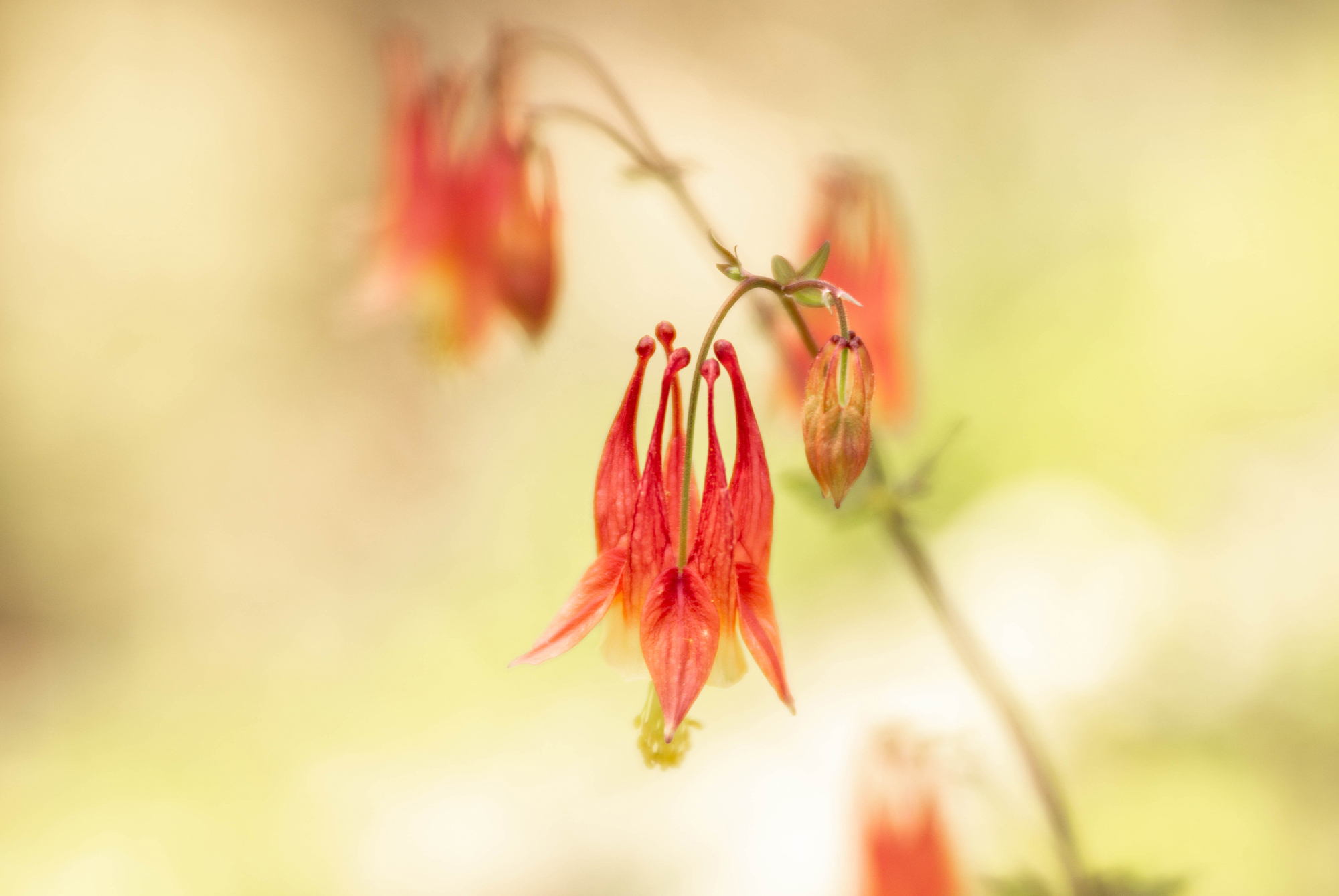
10 Native Tennessee Plants to Brighten Up Your Garden
April is National Garden Month, so what better time than now to go outside and get your green thumb dirty? A good way to brighten up any garden, especially here in the Volunteer State, is to use Tennessee native plants. Beautifully blooming plants do much more than make a community look warm and welcoming. The simple act of gardening also has multiple health benefits, especially for seniors, including:
- Burning calories
- Strengthening muscles
- Reducing stress
- Increasing Vitamin D
- Stimulating the mind to decrease dementia risk
Native plant species are great to garden because they rarely require pesticides and use less water. That’s because they’re already adapted to the landscape, so planting them can improve the water quality of a community and its aquatic life. Try planting a few in your own garden to brighten it up and support the local environment.
The Heritage at Brentwood has cultivated a blossoming community garden that perfectly captures Tennessee native plant landscaping. You don’t have to be an expert botanist to do the same. All that’s required to get started is a positive attitude and the Tennessee native plant list we’ve put together below.
Our Favorite Tennessee Native Plants
ASTERS
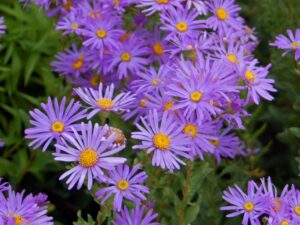
While this perennial may soak up most of the attention you give to them, they’ll reciprocate with pretty little blue and lavender flowers in summer and fall.
BEE BALM
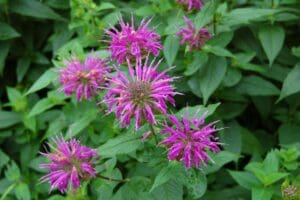
Plant this beautifully colorful flower to invite wildlife like butterflies, honeybees and hummingbirds to your garden. In a sunny field or meadow, let plants spread and multiply to create a blanket of color.
LEMON MINT
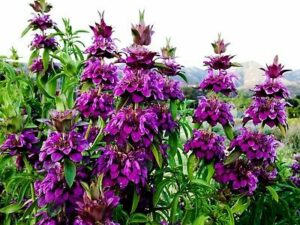
Also known as Purple Horsemint, this native annual wildflower grows to be 2 to 3 feet tall and attracts butterflies and bees. It’s a “nurse crop,” meaning that it can make way for other plants in the year ahead. While drought-tolerant, it does require annual reseeding.
NORTHERN SEA OATS
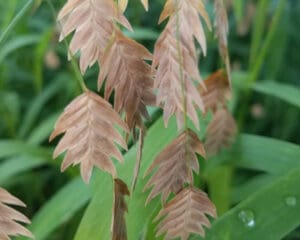
This ornamental grass will tolerate partial shade, and the oat-like heads provide winter interest, meaning that while the seedheads turn a shade of brown, they’ll last all winter long. Its name refers to the spikelets that hang from the plant and resemble oat seed heads. The seed heads, which are often seen in cut flower arrangements, arrive in summer and last for three seasons.
SUNBURST
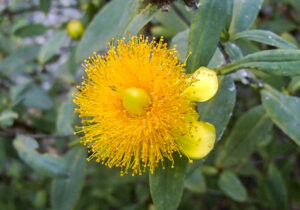
The flowering plant in the St. John’s Wort family, the Sunburst is a small, upright deciduous shrub that is noted for its large showy golden yellow flowers and attractive blue-green foliage, bringing uniquely bright colors to any garden.
SWEET WHITE TRILLIUM
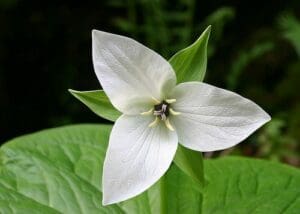
Also known as the White Wakerobin, this spring-flowering perennial plant can be identified by its dark purple center, surrounded by yellow stamens. If a Wakerobin sounds familiar, that’s because they’re infamous for their foul smells. Luckily, the Sweet White Trillium emits a sweet odor instead, hence its lovely name.
VIRGINIA BLUEBELL
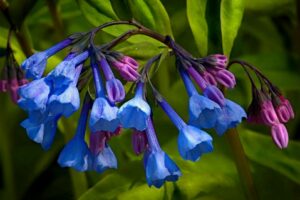
Virginia Bluebell is a gorgeous flower that adds a touch of beauty to any garden, and is especially beautiful when in full bloom. Each blossom on this unique flower has approximately five petals, a bell shape, and is a lovely sky blue color. Bluebells can grow to be about a foot tall and 1 to 2 feet wide. They require very little care and are rather easy to grow.
WILD COLUMBINE
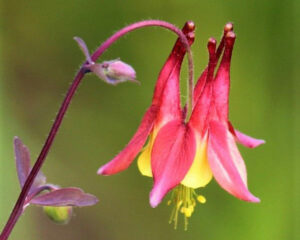
This perennial flower likes shady woodlands. Its red and yellow flowers attract hummingbirds. It is an attractive, old-fashioned garden plant that has received the Royal Horticultural Society’s Award of Garden Merit.
WINTERBERRY
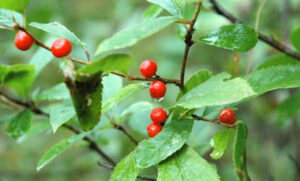
This adorable shrub produces red berries during the winter that birds simply love to eat. It is also a species of Holly, a favorite ornamental plant. Deer also enjoy its younger twigs while songbirds like its berries.
WOODLAND PHLOX
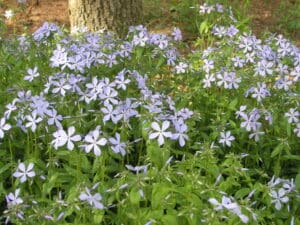
This delicate wildflower is more fragrant than you might expect. It’s hardy and disease-resistant, and clusters of this beautiful gem make for a gorgeous bouquet.
If this selection of Tennessee native plants has you feeling inspired to step outside, consider stopping by The Heritage at Brentwood, where the blooming community garden is a central part of the beautiful 48-acre campus. Here, neighbors are able to work together to create gorgeous flowering gardens with native plants that brighten up our sensational neighborhood-style senior living community.
Contact our team to find out more about outdoor offerings at The Heritage at Brentwood or to arrange a visit and enjoy a meal.
